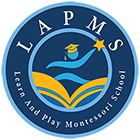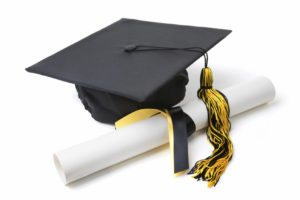Dear LAPMS Niles Families and Friends,
Happy Wednesday!
At LAMPS, our children are guided to experience the different phases of reading development from the two-year old classroom through Kindergarten. Early exposure to books and literature instills a love of reading. As children explore the world of books by simply leafing through the pages or looking at the pictures, their young minds open up and they begin their path to independent reading. With a prepared environment, children will build the foundations for learning to read and write.
Help us support reading literacy skills! Join your child to the Scholastic Reading Club at Niles by ordering books through Scholastics. We encourage parents to order online using PCZBD as the activation code.
Scholastic Reading Club Order forms are available in your child’s classroom.









